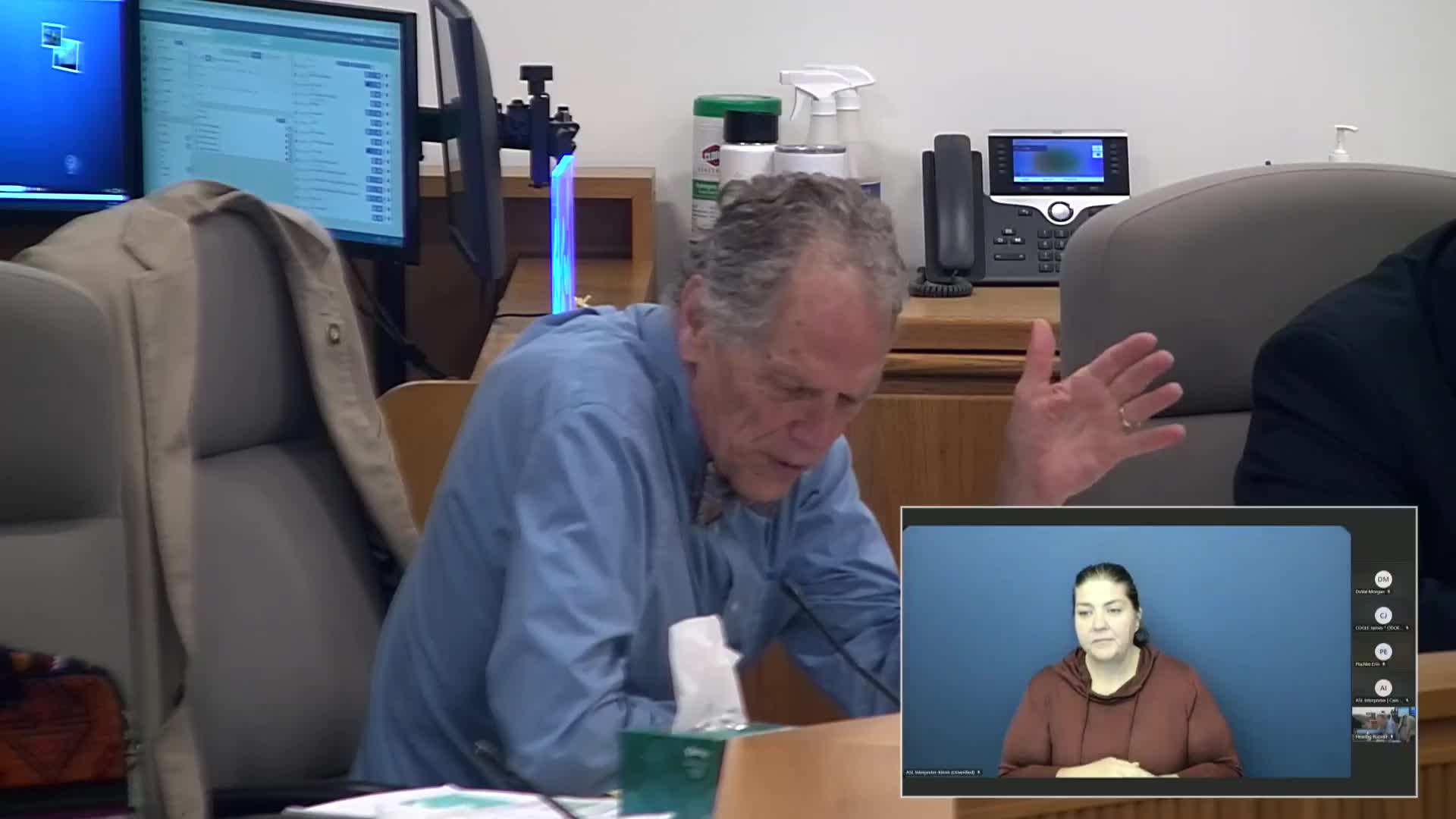Salem's composting efforts successfully divert 75 tons from landfill to local markets
May 13, 2025 | Climate, Energy, and Environment, House of Representatives, Committees, Legislative, Oregon
This article was created by AI summarizing key points discussed. AI makes mistakes, so for full details and context, please refer to the video of the full meeting. Please report any errors so we can fix them. Report an error »

During a recent meeting of the Oregon House Committee on Climate, Energy, and Environment, a significant discussion emerged regarding waste diversion efforts in the state. Chair Lively and Representative Anderson highlighted the successful diversion of 75 tons of waste from landfills, sparking questions about where this material has gone.
The diverted waste is primarily processed at the PRC compost facility, where it is transformed into compost that is sold back to farmers and available in stores. Additionally, commingled materials are processed at various facilities, mainly in the Portland area, and then sold to the market. Wood products are sent to Ferraris for their cogeneration facility, while metals are sold to Cherry City, a local company in Salem. Cardboard is marketed by Garten Services, and aggregate materials are utilized for filling in ponds and riverbeds, rather than being sent to landfills.
Despite these efforts, concerns were raised about food waste composting, with some members expressing frustration over the amount of food waste still ending up in landfills. This highlights ongoing challenges in waste management and the need for improved strategies to further reduce landfill contributions.
The discussions underscore Oregon's commitment to enhancing waste diversion practices, but also reveal areas where more work is needed to address food waste specifically. As the state continues to refine its waste management strategies, the focus remains on increasing the effectiveness of composting and recycling initiatives.
The diverted waste is primarily processed at the PRC compost facility, where it is transformed into compost that is sold back to farmers and available in stores. Additionally, commingled materials are processed at various facilities, mainly in the Portland area, and then sold to the market. Wood products are sent to Ferraris for their cogeneration facility, while metals are sold to Cherry City, a local company in Salem. Cardboard is marketed by Garten Services, and aggregate materials are utilized for filling in ponds and riverbeds, rather than being sent to landfills.
Despite these efforts, concerns were raised about food waste composting, with some members expressing frustration over the amount of food waste still ending up in landfills. This highlights ongoing challenges in waste management and the need for improved strategies to further reduce landfill contributions.
The discussions underscore Oregon's commitment to enhancing waste diversion practices, but also reveal areas where more work is needed to address food waste specifically. As the state continues to refine its waste management strategies, the focus remains on increasing the effectiveness of composting and recycling initiatives.
View full meeting
This article is based on a recent meeting—watch the full video and explore the complete transcript for deeper insights into the discussion.
View full meeting
